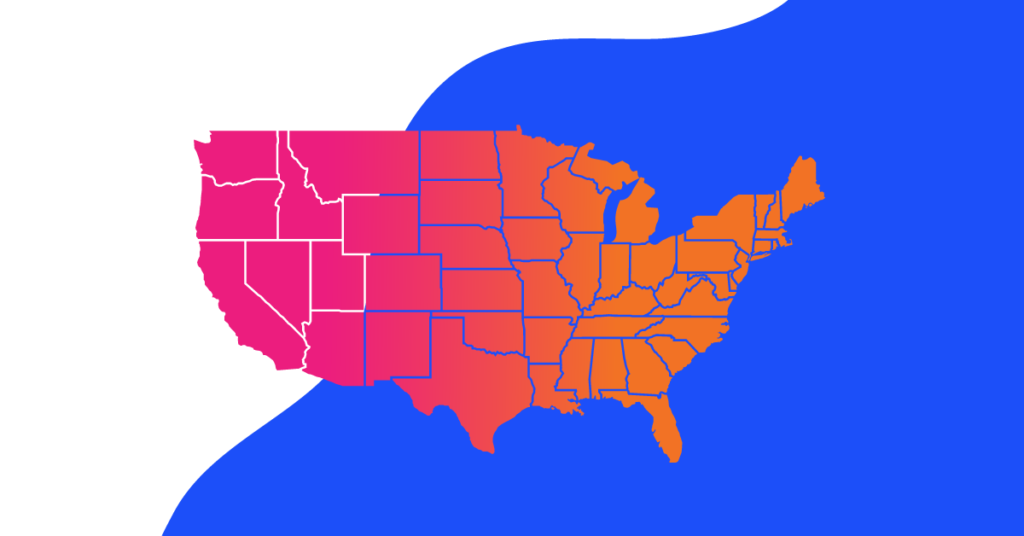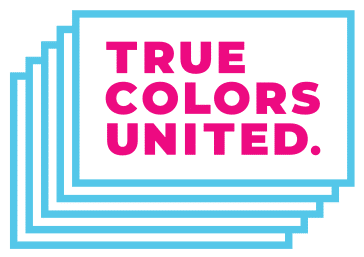
Youth homelessness is a national issue – and some states are addressing it better than others.
For the second year in a row, True Colors United and the National Law Center on Homelessness and Poverty have partnered to release the State Index on Youth Homelessness.
This resource evaluates all 50 states and the District of Columbia on their efforts to prevent and end youth homelessness. This information is based on 2019 data.
How does your state rank?
The 2019 State Index on Youth Homelessness assigns each state a score based on their efforts to:
- Ensure comprehensive supports and services for youth experiencing homelessness,
- Prevent youth from interacting with the criminal and juvenile legal systems,
- Provide unaccompanied youth experiencing homelessness the opportunity to seek legal independence,
- And more.
“We commend the efforts many states are making to ensure that youth and young adults experiencing homelessness are achieving positive outcomes in housing, health care, education, and employment,” said Dylan Waguespack, True Colors United’s Public Policy and External Affairs Director. “While most states have yet to achieve a passing score, many are on the right track, and we’re thrilled by the progress we’ve seen in just one year since the release of the inaugural report.”
Which states are doing great on youth homelessness?
From highest to lowest, the top 5 scores were earned by:
- California and Massachusetts (tied)
- District of Columbia
- New York
- Washington
- Vermont
Which states need the most improvement?
From lowest to highest, the bottom 5 scores were earned by:
- Pennsylvania
- Idaho
- South Carolina
- Nebraska
- Oklahoma and Iowa (tied)
“We are so grateful to the pro bono teams who made this research a reality”, said Brandy Ryan, Staff Attorney at the National Law Center on Homelessness and Poverty and co-author of the State Index. “With their help, we are clearly showing states how their efforts on youth homelessness are working and where they can improve. We are excited to present this advocacy tool and to participate in using it to improve the lives of youth experiencing homelessness.”
How will the State Index be used?
By updating the State Index each year, we can track the progress that states make on ending youth homelessness. This includes any changes or updates to the policies, systems, and legal environments that stand to impact youth experiencing homelessness in that state. The State Index is also meant to be an educational resource for local and state-level policymakers, lawyers, researchers, and other youth homelessness stakeholders.
At the heart of the State Index is a set of key recommendations that states should follow based on their rank. These best practices are designed to help states improve their scores and create safer, more supportive environments for youth at risk of or currently experiencing homelessness.
